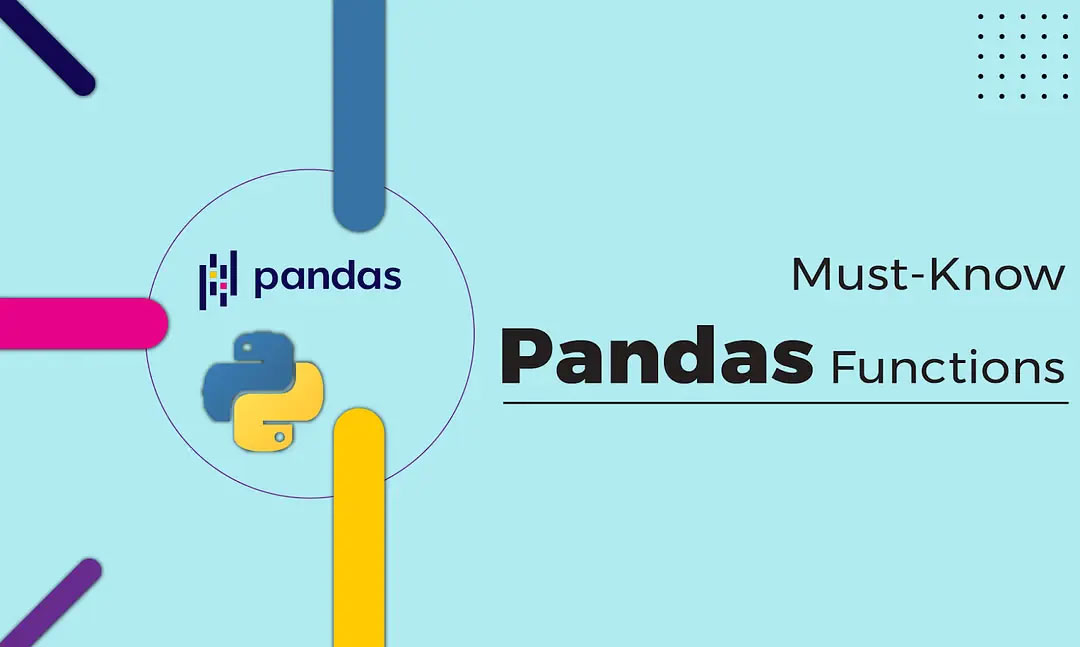Python has established itself as a popular programming language for data analysis and visualization. With its rich ecosystem of libraries, Python offers a wide range of powerful tools for creating compelling and insightful data visualizations. In this article, we will explore the top 8 Python libraries for data visualization, and use cases.
Understanding the features, strengths, and use cases of these top 8 Python libraries for data visualization will enable you to choose the right tool for your data visualization projects.
Experimenting with these libraries and exploring their documentation and examples will help you unlock the full potential of Python for creating visually compelling and insightful data visualizations.
You’re reading the article, Top 8 Python Libraries for Data Visualization.
Python Libraries for Data Visualization
1. Matplotlib
- Matplotlib is a versatile and widely used library for creating static, animated, and interactive visualizations.
- It provides a comprehensive set of plotting functions and supports various plot types, including line plots, scatter plots, bar plots, histograms, and more.
- Matplotlib offers extensive customization options and is well-suited for generating publication-quality plots.
2. Seaborn
- Seaborn builds on top of Matplotlib and focuses on providing aesthetically pleasing statistical visualizations.
- It offers a high-level interface and simplifies the creation of complex plots for statistical analysis.
- Seaborn provides specialized plots for tasks such as distribution plots, regression plots, categorical plots, and time series plots.
3. Plotly
- Plotly is a library that enables the creation of interactive and dynamic visualizations.
- It supports a wide range of plot types and provides features like zooming, panning, and hovering for enhanced interactivity.
- Plotly allows for the creation of interactive dashboards and is well-suited for building web-based visualizations.
4. Bokeh
- Bokeh is another library that focuses on creating interactive visualizations for web browsers.
- It offers a high-performance framework for building interactive plots with features like linked brushing and interactive widgets.
- Bokeh is particularly useful for creating interactive dashboards and real-time streaming visualizations.
5. Altair
- Altair is a declarative statistical visualization library that allows for the creation of interactive visualizations using a concise and intuitive syntax.
- It is based on the Vega-Lite grammar and offers easy creation of a wide range of visualizations.
- Altair supports interactivity and allows for easy customization of plot aesthetics.
6. Plotnine
- Plotnine is a Python implementation of the popular R package ggplot2.
- It follows a grammar of graphics-based approach for creating high-quality visualizations.
- Plotnine supports a variety of plot types and offers customization options to modify plot aesthetics.
7. ggplot
- ggplot is another Python implementation inspired by the ggplot2 library in R.
- It follows the grammar of the graphics paradigm and provides a flexible and powerful framework for creating visualizations.
- ggplot offers a wide range of plot types and allows for easy customization of plot aesthetics.
8. Pandas
- While Pandas is primarily a library for data manipulation and analysis, it also offers built-in functionality for data visualization.
- Pandas integrate well with Matplotlib and provide convenient functions for creating basic visualizations directly from data frames.
- It is particularly useful for exploratory data analysis and quick data visualizations.
You’re reading the article, Top 8 Python Libraries for Data Visualization.
Conclusion
Python provides a rich ecosystem of libraries for data visualization, catering to a wide range of needs and preferences. From the versatile Matplotlib to the aesthetically pleasing Seaborn, the interactive capabilities of Plotly and Bokeh, and the grammar-based approaches of Altair, Plotnine, ggplot, and even the built-in visualization functionalities of Pandas, there is a Python library to suit every data visualization task.
Hope you liked reading the article, Top 8 Python Libraries for Data Visualization. Please share your thoughts in the comments section below.







